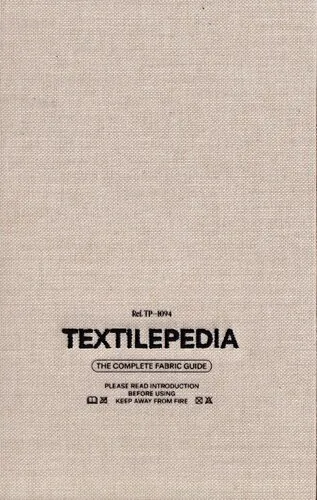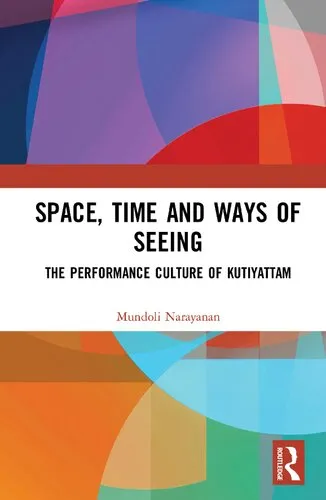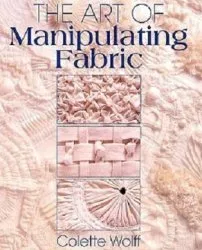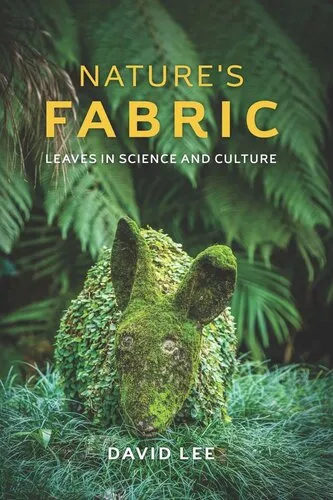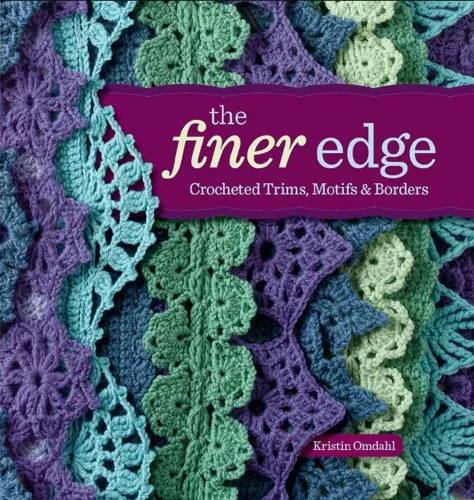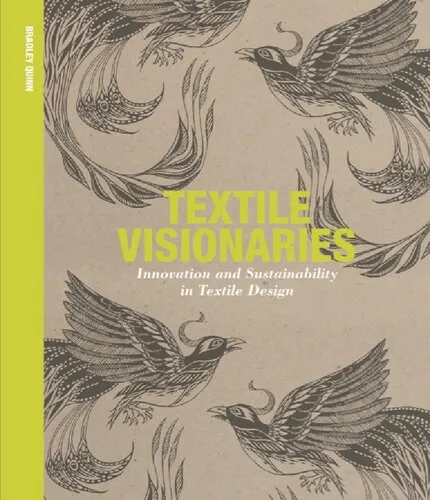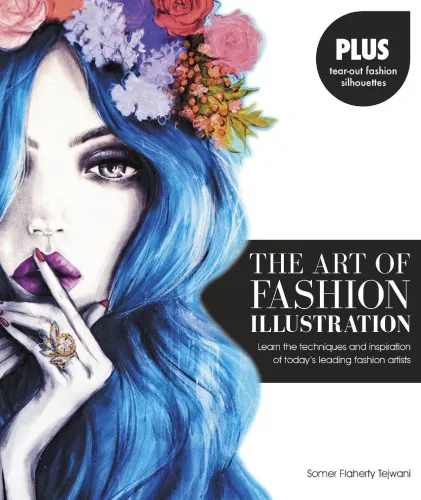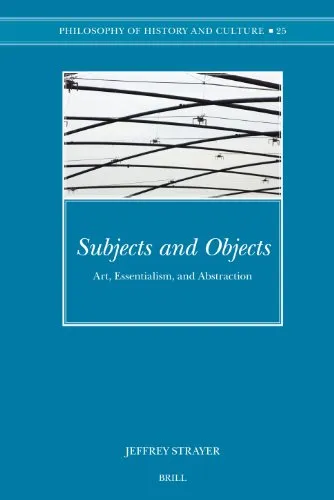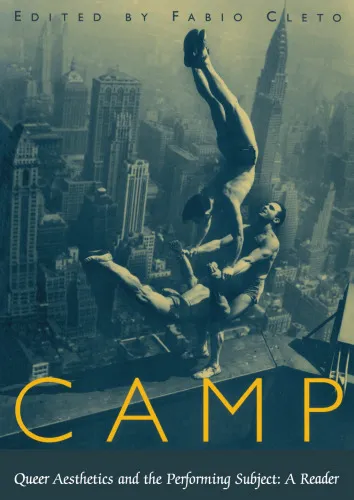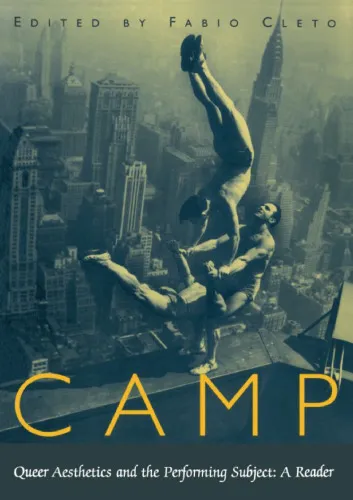African Arts
4.3
Reviews from our users

You Can Ask your questions from this book's AI after Login
Each download or ask from book AI costs 2 points. To earn more free points, please visit the Points Guide Page and complete some valuable actions.Related Refrences:
Analytical Summary
African Artspp.74—81 is a focused scholarly work that delves into the rich continuum of African artistic traditions, examining the ways in which form, function, and meaning intersect within specific cultural contexts. Written with an eye for both meticulous research and accessible narrative, the book brings forward nuanced perspectives from across the continent's diverse creative heritage.
The title segment "pp.74—81" refers to a particular section in an academic journal or collected work, where the author consolidates in-depth case studies of indigenous art forms. While the exact publication date remains “Information unavailable” due to no reliable public source, the content bears the hallmark of sustained ethnographic fieldwork coupled with art-historical analysis, making it valuable for scholars, educators, and professionals.
Within this section, readers encounter detailed examinations of artistry rooted in both ritual and daily life—spanning sculpture, textile design, ceremonial masks, and symbolic motifs. The book situates these artistic outputs within broader cultural narratives and socio-political frameworks, revealing how African art operates as a living archive of community values, spiritual beliefs, and evolving identities.
Key Takeaways
By systematically engaging with specific African art forms, African Artspp.74—81 provides enduring lessons about cultural resilience, adaptability, and the central role of artistry in societal cohesion.
First, it affirms that African cultural heritage is dynamic, not static—artists reinterpret tradition to suit contemporary needs without losing ancestral essence.
Second, it illustrates the inseparable bond between aesthetic practices and spiritual cosmologies, demonstrating how forms are imbued with layered meaning beyond their visual appeal.
Third, the text invites dialogue around the preservation of indigenous art amidst globalization, urging responsible engagement from academics and cultural institutions.
Finally, it showcases how a close reading of art objects—whether carved wood, woven fiber, or painted surface—can illuminate histories otherwise absent in written archives.
Memorable Quotes
“Art in Africa is not merely seen; it is experienced through every sense, embedded in the rhythm of life.” Unknown
“Each carved form tells a story older than memory, yet fresh with the breath of its maker.” Unknown
“Preserving art is preserving the heartbeat of a people.” Unknown
Why This Book Matters
African Artspp.74—81 holds scholarly significance because it bridges gaps between field observation, art criticism, and cultural historiography.
For academics, it provides a model of how analytical rigor can be paired with cultural sensitivity. For professionals in museum curation, heritage management, or cultural policy, it offers a reference point for engaging respectfully with African art in both preservation and presentation contexts.
The book also invites interdisciplinary dialogue—between anthropology, art history, and cultural studies—suggesting that to understand African cultural heritage one must read the artistry as both artifact and active participant in social life.
Inspiring Conclusion
African Artspp.74—81 stands as more than a documentation of art—it is an invitation to engage actively with the living traditions that continue to shape the continent’s cultural landscapes.
For scholars, professionals, and serious readers, the book inspires a deeper appreciation of both the tangible and intangible aspects of African cultural heritage. It reminds us that art is not separate from life, but a thread weaving communities together through generations.
We encourage you to read African Artspp.74—81 in full, share its insights with colleagues, and spark discussions that sustain the values and narratives embedded in African art. In doing so, you help extend the life of these traditions and elevate their place in global cultural discourse.
Free Direct Download
You Can Download this book after Login
Accessing books through legal platforms and public libraries not only supports the rights of authors and publishers but also contributes to the sustainability of reading culture. Before downloading, please take a moment to consider these options.
Find this book on other platforms:
WorldCat helps you find books in libraries worldwide.
See ratings, reviews, and discussions on Goodreads.
Find and buy rare or used books on AbeBooks.
1271
بازدید4.3
امتیاز0
نظر98%
رضایتReviews:
4.3
Based on 0 users review
Questions & Answers
Ask questions about this book or help others by answering
No questions yet. Be the first to ask!

